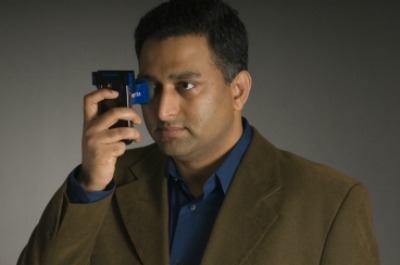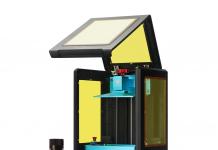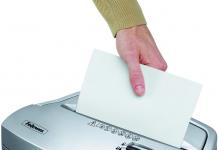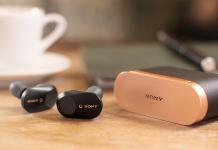Finding new and innovative ways to blend technology and health is an evergrowing field and one particular area where there has been a real focus is the ability to get portable high tech gadgets into areas that need it the most.
Of course you’ve already heard about the robotic dentistry patient that is considered a new kind of training device that will let dental patients know what it is like to have someone gagging or coughing as you are working on them without causing an actual human patient any discomfort. There is also an initiative in the works that will look to better incorporate technology such as the kind that is used in the Microsoft Kinect interface. Now researchers at MIT have found a way to use smartphones and a device known as Catra to help detect cataracts.
Cataracts are well known as the world’s leading cause of preventable blindness but the machines that are used for screening when you go to an optometrist’s office are generally $5,000 behemoths that aren’t remotely practical if you are trying to run a free clinic or administer health advice and medicine in more rural or poorer areas of the world. That is why Ramesh Raskar and his team have come up with Catra, which is a device that can attach to several different kinds of smartphones and serve as mobile scanners that actually do a better job than what the larger machines are capable of. Catra uses a beam of light that it flashes over the eye when used to try and detect cloudy areas that may be cataracts.
The standard machine usually simply gives the doctor a readout of 1 to 4 telling the doctor just how blocked the eye is (4 being completely blocked) the Catra actually is able to provide much more information as to the nature, and the placing of a particular cataract. Reskar also believes that because of the detailed analysis that Catra provides, his device might actually be better at catching cataracts earlier than the devices most doctors now use.











